15 March 2025
Potty training can feel like a rollercoaster ride, right? As parents, we're constantly caught between cheering for our little one's wins and scratching our heads over setbacks. Toss sleep and naps into the mix, and things might get even trickier! If you’re wondering how naps play a part in potty training or why it feels like progress takes two steps forward and one step back, you’re not alone. Let’s dive deep into how naps and daytime zzz’s can impact potty training, and how you can strike the perfect balance.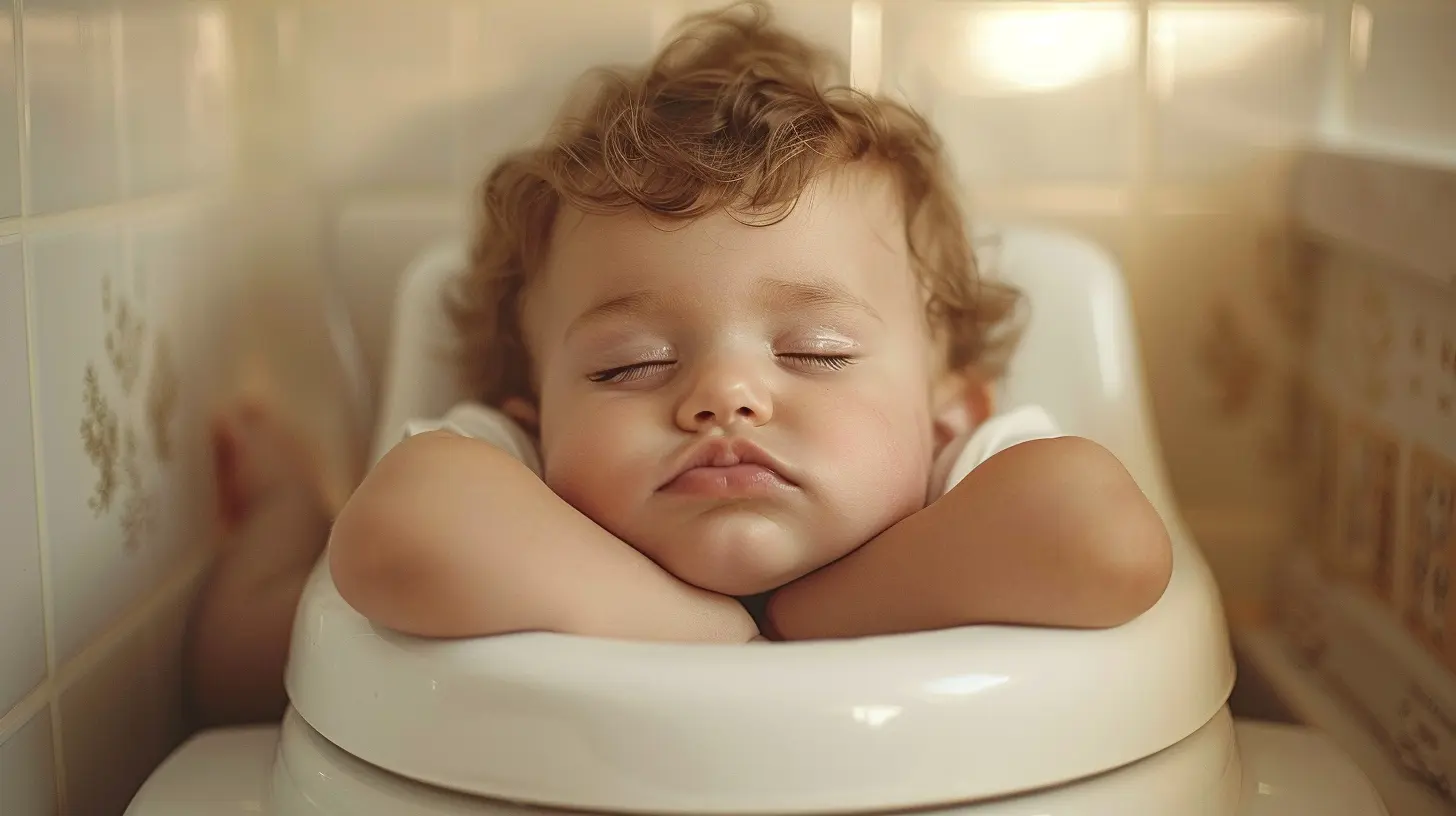
The Connection Between Potty Training and Sleep
Potty training and sleep may seem like two separate things at first glance, but they’re more intertwined than you might think. Why? Because learning to use the potty is a developmental milestone, just like forming healthy sleep patterns. Both require your toddler’s body and brain to work together in harmony.Think about it: toddlers are busy little beings. They’re learning, exploring, and picking up new skills at lightning speed. A solid nap schedule gives their growing brains and bodies the time they need to recharge. But when sleep routines are inconsistent, it can throw their potty-training progress out of whack. Simply put, sleep affects everything—for better or for worse.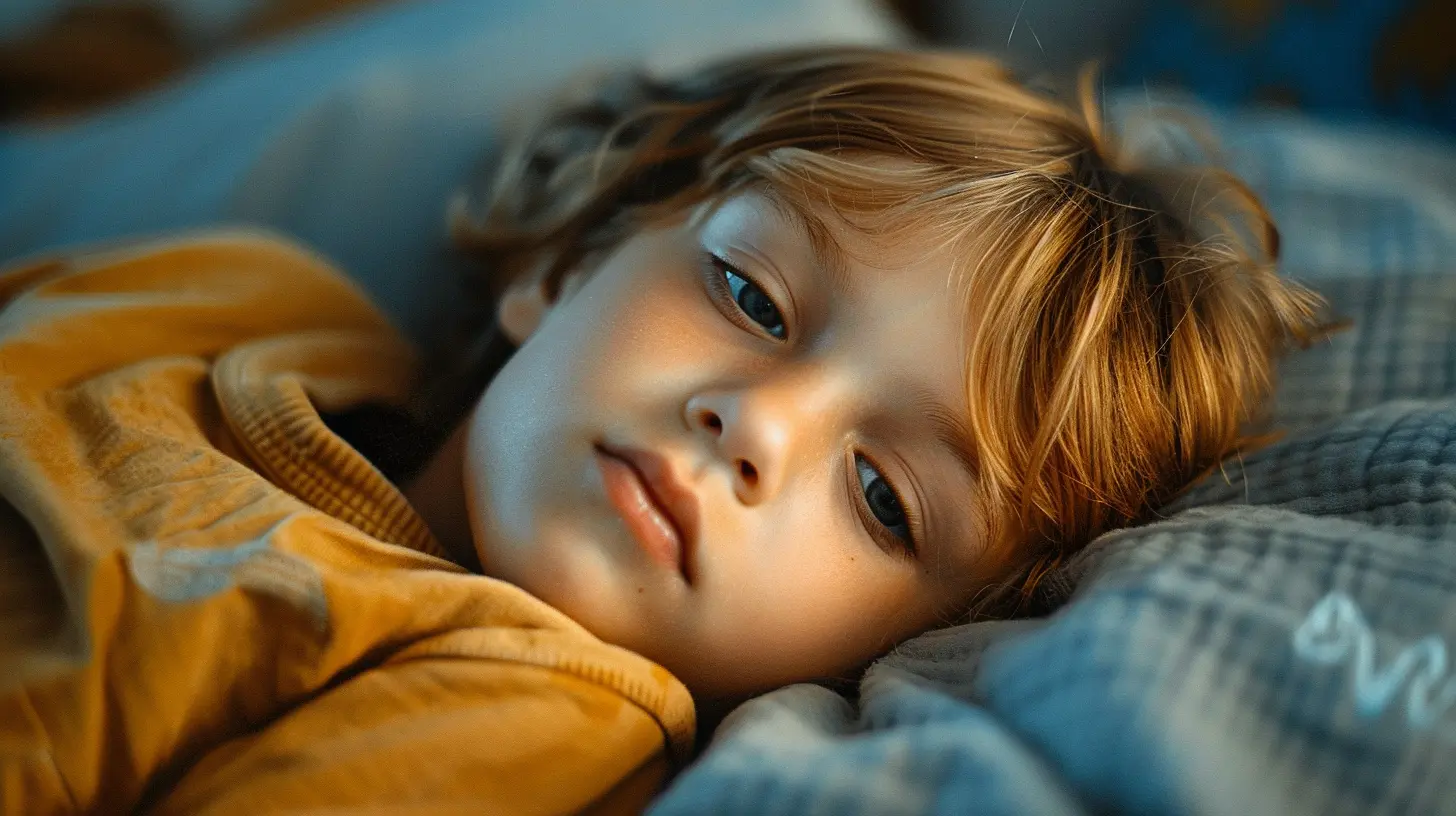
Why Naps Matter During Potty Training
Sleep helps regulate your toddler’s emotions, energy, and focus. And trust me, you’ll need all three in check when guiding them through potty training! If your child is overtired or cranky due to missed naps, you might notice:- More accidents: A tired child may not recognize their body’s signals as easily.
- Resistance to training: Sleep-deprived toddlers can have a shorter fuse and might refuse to sit on the potty.
- Difficulty staying dry: When kids are exhausted, their bladders and bowels aren’t as well-regulated, leading to more accidents.
On the flip side, a well-rested toddler is more likely to cooperate, stay focused, and feel confident about their potty training journey.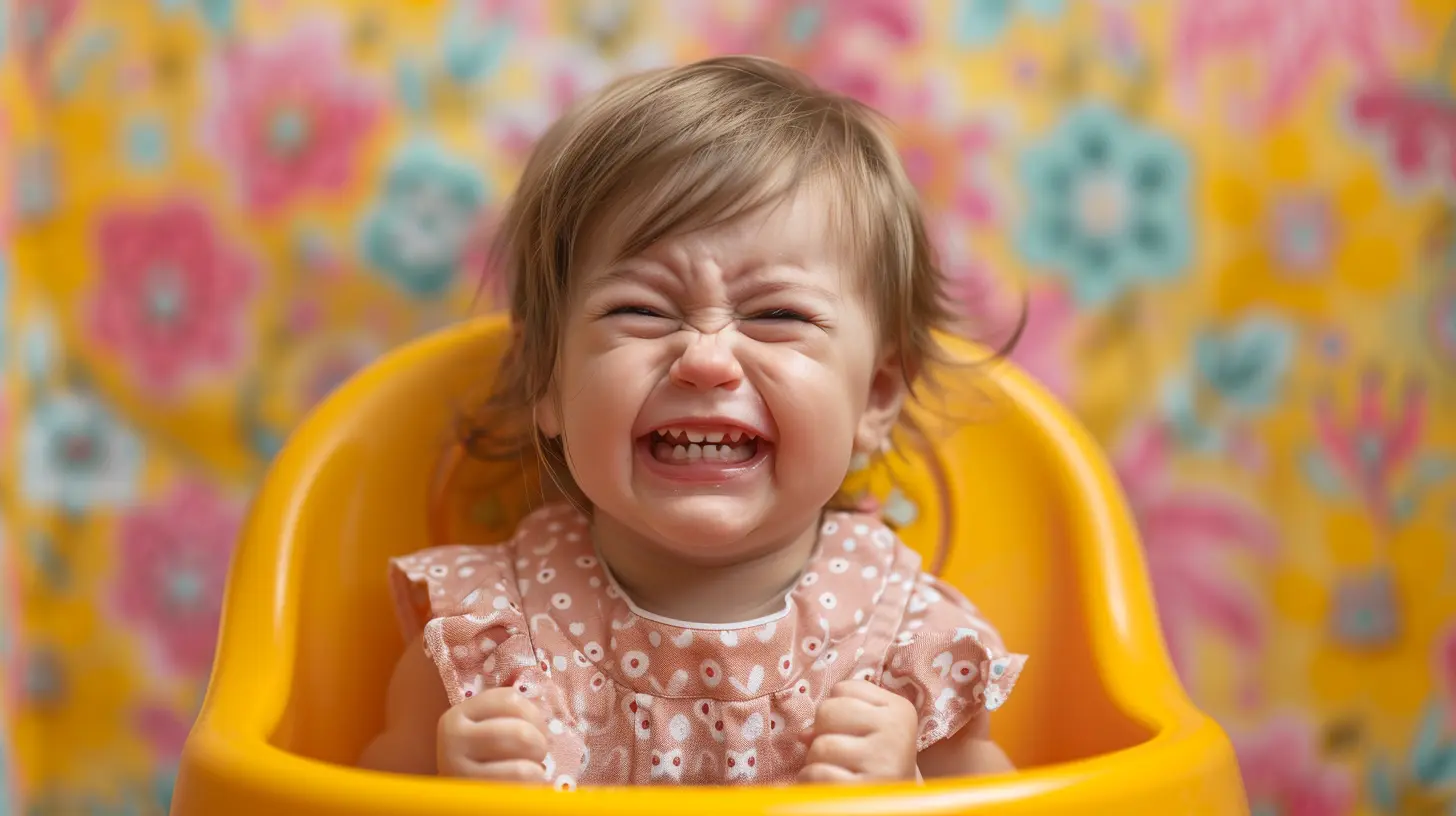
How to Align Nap Schedules with Potty Training
Now, don’t get me wrong—potty training is a big deal, but it doesn’t mean you should throw your nap schedule out the window. The key here is balance. Let’s talk about how you can create a routine that supports both potty training and sleep.1. Stick to a Consistent Nap Schedule
Toddlers thrive on routine. A predictable nap schedule helps regulate their energy levels and moods, making potty training a smoother process. If your child naps at 1 PM every day, keep it that way—don’t try to potty train during their usual rest time. You don’t want to set them up for failure by challenging them when they’re sleepy.2. Offer Potty Time Before and After Naps
Timing is everything! Make it a habit to encourage a potty trip before nap time and immediately after they wake up. This helps build a routine and reduces the chances of accidents during naps. Even if they don’t pee or poop, it’s still a good habit to reinforce.3. Dress Them for Nap Success
During naps, opt for easy-to-remove clothing or training pants if your child is still learning. This way, if they wake up needing to go, it won’t be a struggle to help them get to the potty in time.
Should You Expect Dry Naps Right Away?
Okay, let’s get real for a second. Not every toddler will magically stay dry during naps as soon as you start potty training—and that’s okay! Staying dry during naps and nighttime often lags behind daytime training. It’s perfectly normal for toddlers to have accidents while they sleep, even if they’re making great progress during waking hours.Remember, their little bodies are still learning to control their bladder and bowel muscles, especially when they’re fully relaxed during a nap. Some kids might be dry within weeks, while others could take months. There’s no “perfect timeline,” so try to be patient.
What to Do If Naptime Accidents Happen
Accidents during naps are inevitable, so don’t let them discourage you—or your child. The way you respond can make a huge difference in how your toddler feels about the whole process. Here’s what to do:1. Stay Calm and Positive
Accidents are a normal part of potty training. Instead of showing frustration, reassure your toddler that it’s no big deal and they’re still learning. The kinder and more encouraging you are, the more confident they’ll feel moving forward.2. Use Waterproof Bedding
Protect the mattress with a waterproof cover to make clean-up stress-free. Trust me, this one little step can save you a lot of hassle!3. Reinforce the Routine
After an accident, guide your child to the potty and remind them that they can try again next time. Consistency and repetition are key to reinforcing the habit.How to Tell if Your Toddler Is Ready for Dry Naps
If you’ve been potty training for a while and are wondering whether your toddler is ready to ditch diapers during naps, look for these signs:- Frequent dry diapers after naps: If their diaper is dry most of the time when they wake up, that’s a good signal their body is ready.
- Waking up to use the potty: If your child occasionally wakes up during naps to use the toilet, they’re developing awareness of their body’s signals.
- Expressing interest: When your toddler starts asking to wear “big kid underwear” during naps, it could be a sign they’re ready to try.
Tips for Supporting Potty Training Through Sleep
Potty training can be a marathon, not a sprint. Keeping a steady nap routine will help keep your little one rested and on track. Here are a few bonus tips to support their progress:1. Encourage Hydration—Mindfully
Make sure your child is drinking enough water during the day, as dehydration can make it harder for them to go. But limit liquids about an hour before nap time to prevent accidents.2. Celebrate Small Wins
Did they stay dry for one nap? Give them a high-five or a little sticker for their efforts. Positive reinforcement goes a long way!3. Be Patient and Flexible
Every child’s potty training journey is different. If naps aren’t going smoothly right now, take a step back and reassess. Sometimes, a little break is all they need before trying again.What About Nighttime Potty Training?
It’s worth mentioning that daytime potty training and nighttime (or nap) potty training are two very different beasts. Daytime control comes first because it involves conscious effort. Nighttime and nap dryness, however, largely depend on biology and whether your toddler’s body can stay dry without waking them. Don’t feel pressured to tackle both at once! Take it one step at a time.Final Thoughts
Potty training and sleep don’t have to be at odds. Naps are essential to your toddler’s overall development, and with a little planning, you can create a routine that supports both. Remember, consistency is your best friend, and accidents are just a part of the process. Stay patient, stay positive, and give yourself some grace. You’re doing an amazing job!With every nap and potty trip, your little one is growing and learning more than you realize. Before you know it, this stage will be a thing of the past—and you’ll be celebrating your potty training success story. Hang in there, you’ve got this!

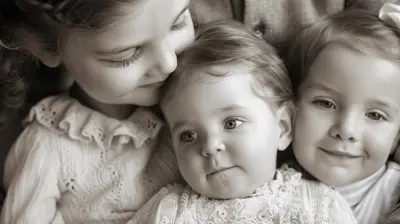
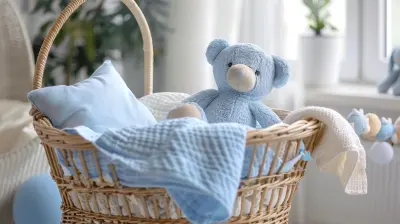
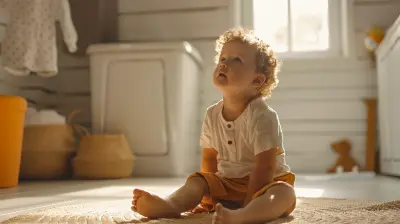

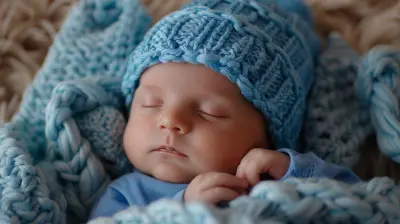

Loretta McNeal
Who knew potty training could be a sleepover party for your little one’s bladder? It’s like a game of musical chairs where naps decide who gets to stay dry! Let the naps flow, and may the potty training adventures be ever in your favor!
April 2, 2025 at 4:36 PM